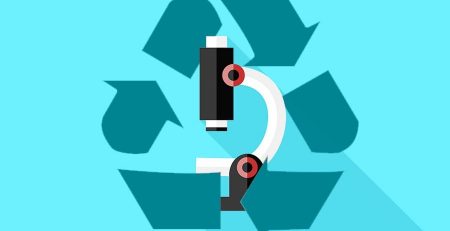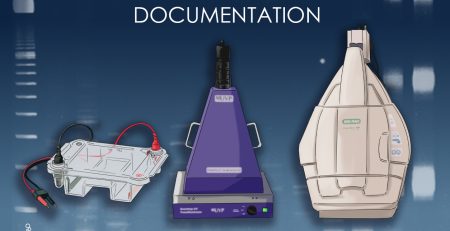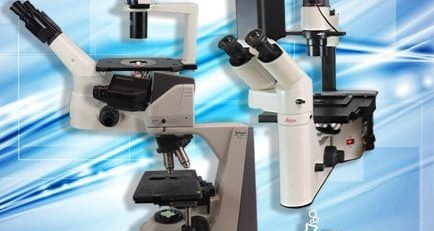3 Common Problems for Toxicology Labs
Toxicology, as defined by the Human Toxicology Project, is “the study of chemicals that can cause problems for living things.” A wide-ranging field, it examines both natural and professionally developed chemicals and how they affect everything from humans to microbes, and everything in between.
Toxicology testing, which typically takes place in a dedicated toxicology lab, is divided into two categories—forensic toxicology testing, which is performed postmortem, and clinical toxicology, which include everything from workplace drug testing to athletic drug tests to detect performance enhancing drugs. Just like any lab, however, toxicology labs include their own set of common problems, the majority of which doesn’t have anything to do with a clinician’s ability to perform accurate tests. Below are some examples of common problems found in toxicology labs.
Communication with Clients
Effective and efficient communication with your client base can help reduce a number of potential roadblocks, ultimately reducing turnaround time of test results without compromising accuracy. Having thorough processes in place regarding taking orders, obtaining missing information, and delivering results will help provide both your staff and clients with the tools they need, while also helping to foster and a strong, reciprocal working relationship.
Complying with Federal Guidelines & Preparing for Regulatory Inspection
Quality control reports and Levey-Jennings charts (graphs that plot quality control data to track whether or not a particular laboratory test is working well) may be time consuming, but are a necessary task to stay on top of for laboratory staff. Dedicating one person to manually charting and reporting can alleviate pressure off of the remainder of your staff. Implementing a laboratory information management system (LIMS) is also another, typically more cost effective, solution. The lab then stays in compliance and avoid costly downtime.
Identifying New Revenue Streams
There are other avenues to pursue in order to make your organization more profitable, other than reducing overhead or taking on more clients. While these methods have the ability to increase revenue, they can also ultimately be detrimental to a lab. By identifying trends in physician and prescription orders, best-performing and highest-profitable tests and most profitable clients can also help your organization increase the current revenue streams and identify new ones .
By keeping these problems in mind, toxicology labs can side step obsticles, and keep the business running smoothly














